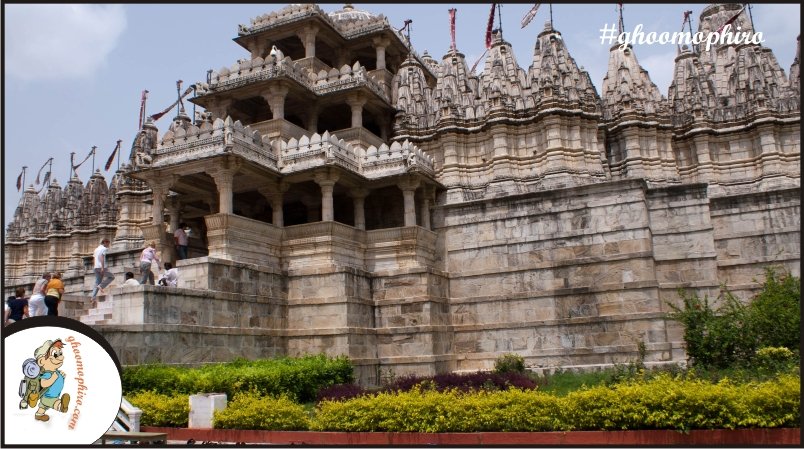Jainism may be one of the most underrated of all the religions in the world. The reasons could be many. One could be that it emphasizes on the inner and outer worldly peace for the most part. Whatever it is, but there no denial to the fact that the structures belonging to Jainism are some of the most architecturally brilliant ones. Take the Dilwara temple for example. The Dilwara temple is one of the most brilliant architectural structures one has ever seen , not only from the Jainism point of view, but in general as well.It located in Dilwara village 3 Kms from the beautiful hill city Mount Abu.
This beautiful temple is one of the finest temples of Jains in entire World. It is famous for its alluring beauty, unique architecture and beautifully carved stones. Some of the great archeologist consider the designs superior than that of Taj Mahal.
The white marble complex of temples “Dilwara” was built by Chalukya in early 11th and 13th centuries AD. Standing around for these many centuries, this temple is still standing in all its might.
Talking about the beauty, there are no words that can do justice to the wonder that this temple is. The intricate stone carvings on the pure marble are reminiscent of the artistic and aesthetic brilliance people possessed back in those times. The lush greenery around the temple gives a soothing feeling. A breeze of cool wind fills up the atmosphere just all the time and everything seems more beautiful than before.
There is more to the temple.The entire fine designs resemble like ornaments and jewelry, which adds charms to its beauty. The marble stone carvings are just amazing and unmatched. This complex of five main temples is among the important sacred pilgrimage site for Jains across the world. The Dilwara temple complex is ringed by a high white wall which glitters in the sunlight.
The hard work that may have been put in making this temple what it is today is unimaginable. The ceilings and the pillars give away a mystically soulful vibe. Between all this beauty and visible hard work lays the fact that Dilwara temple was built back in those times when there were no roads or transport facilities and that too on this high altitude. That must have been some work carrying those heavy marble stones up.
But the end result is all worth it as the temple has made its name all over the world for its sheer beauty. There are five main sections in the Dilwara temple complex.
Shree Mahavir Swami Temple- This little temple is said to have been constructed somewhere in the middle of 15th century and is dedicated to Lord Mahavira, who is said to have promoted the religion all over the country.
Shri Adinath Temple- This temple got built in the 10th century AD and is known to be the oldest one among all. Shri Adinath ji is known to be the first Jain tirthankar for whom the temple has been devoted to.
Shree Parshavnath Temple- This temple has the tallest shrine among all and it got constructed in the 14th century.
Shree Rishabh Deoji temple- Also known as Pittal mandir, due to the fact that most of the idols placed inside the temple are made of brass metal. It was built by Bhima Shah of Gujarat.
Shree Neminathji Temple- Built in the 12th century, the temple is dedicated to the 22nd Jain saint, Nemi Nath Ji.
All these small sections make for Dilwara temple as a whole. It would still work fine if we call it one of the very few Jain pilgrim locations in the country and rest of the world as well.
How to reach?
The Udaipur airport is located 187 km from Mount Abu, which is the nearest airport to reach the beautiful Temple built by the Solanki Rajputs of Gujarat. The travelers can hire a private cab or board a bus heading to Mount Abu.
The Abu Road is the nearest railway station located at the distance 29 km, just a ½ hour drive to the Dilwara village.
